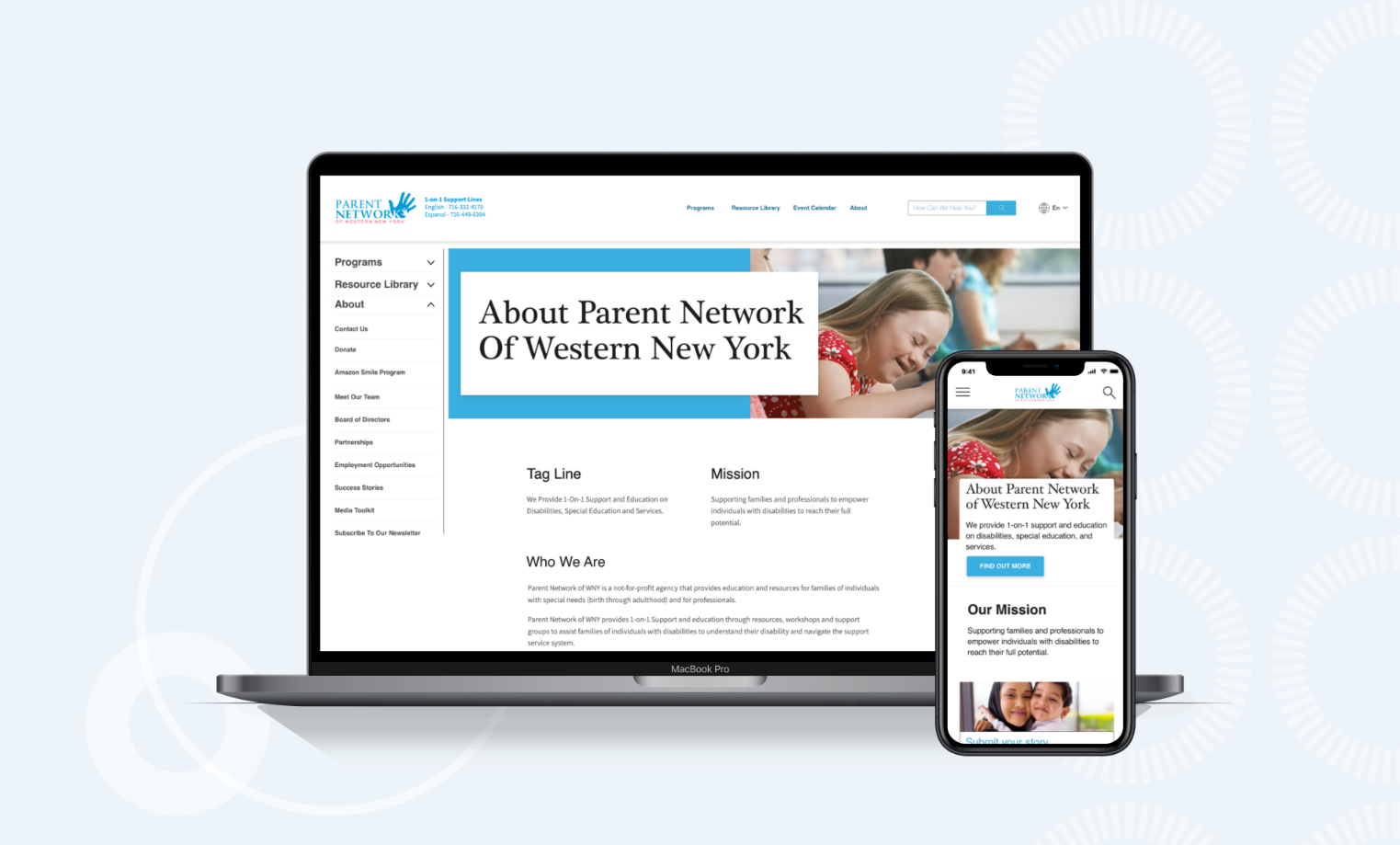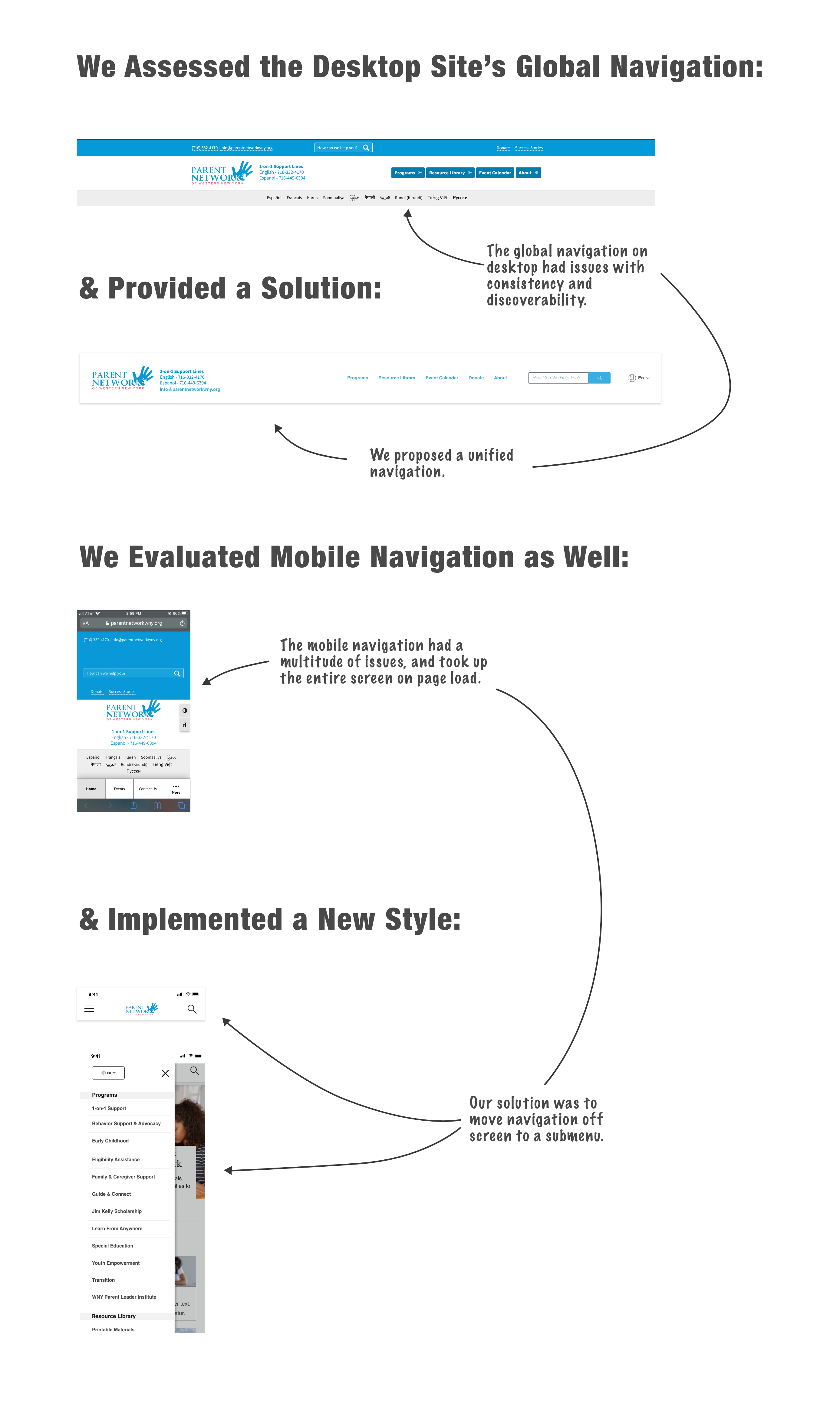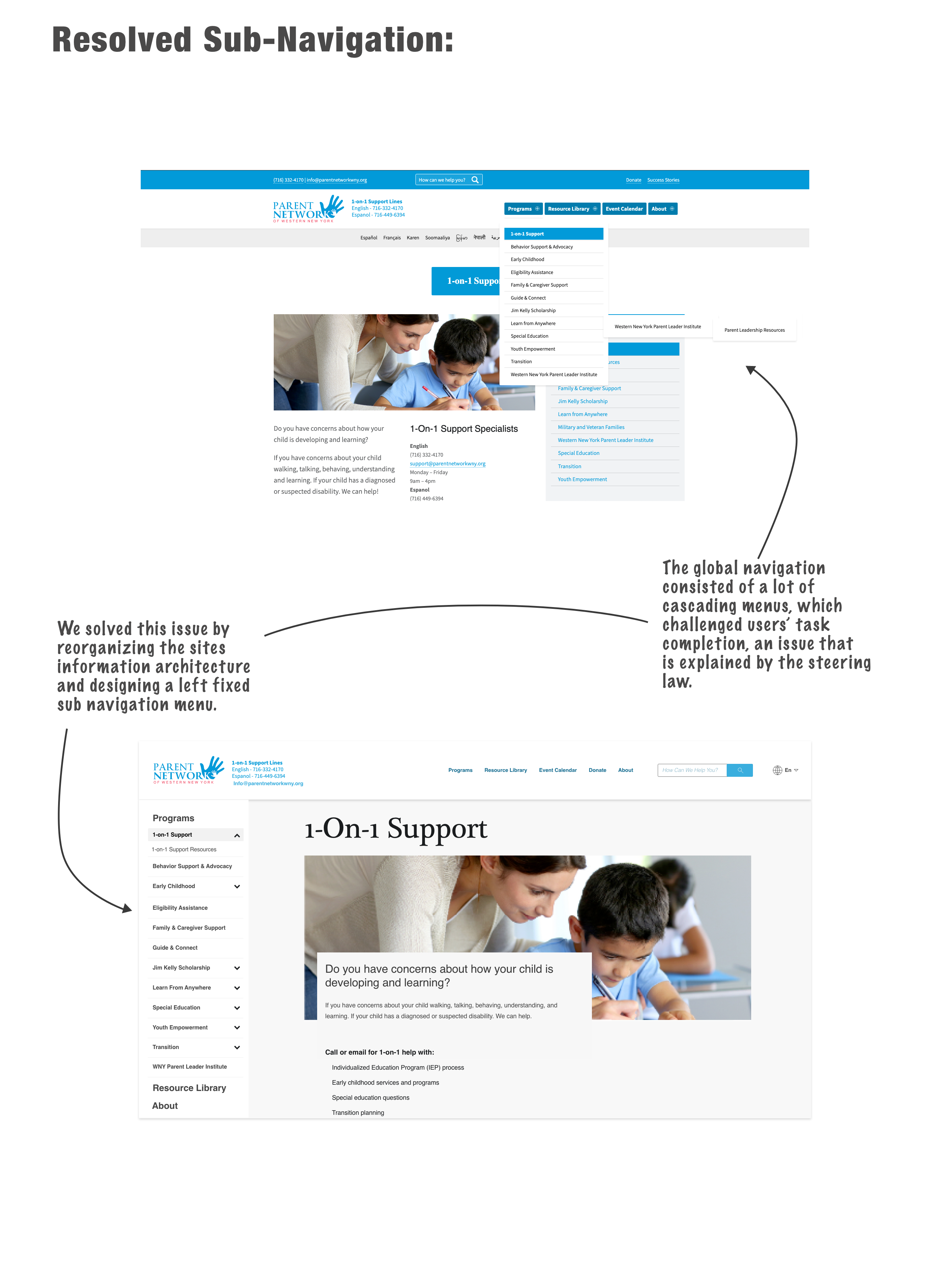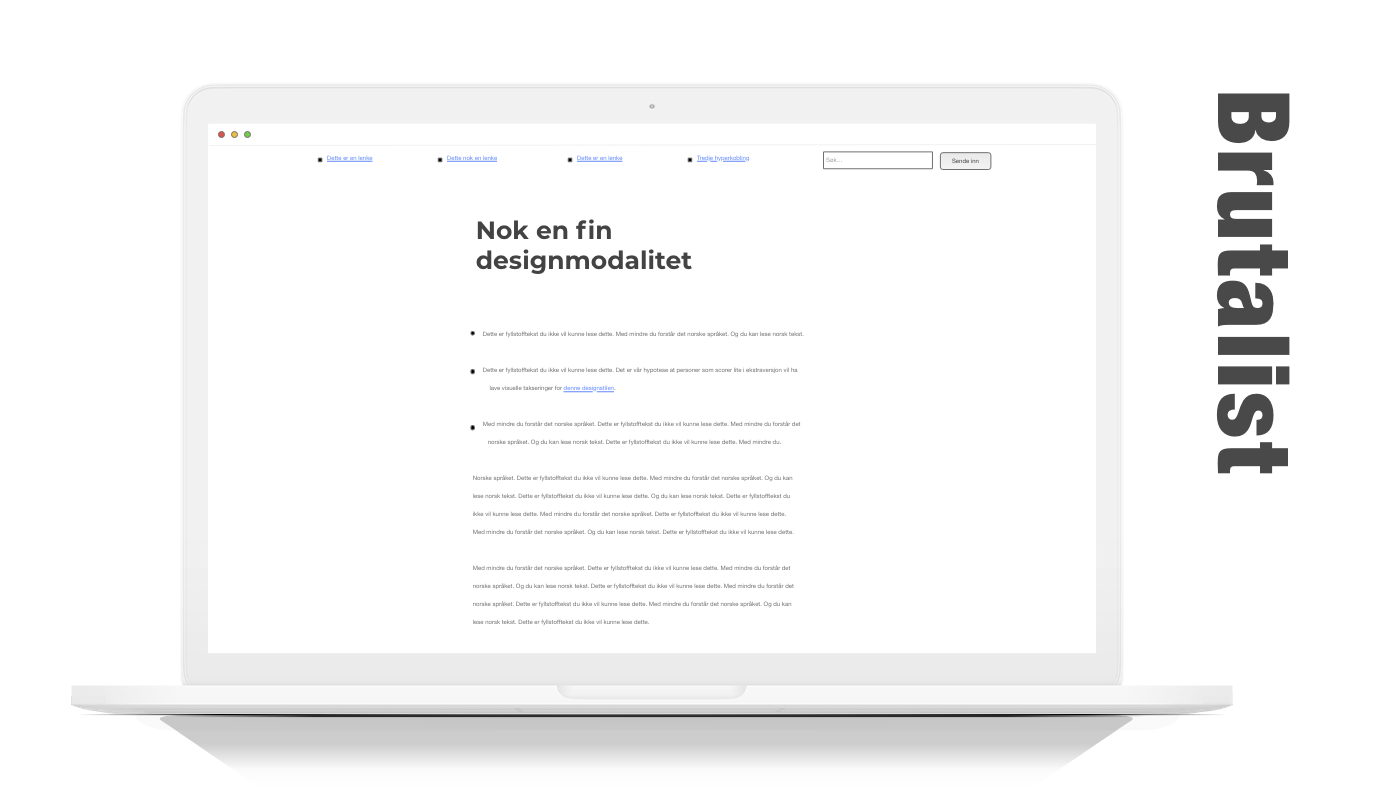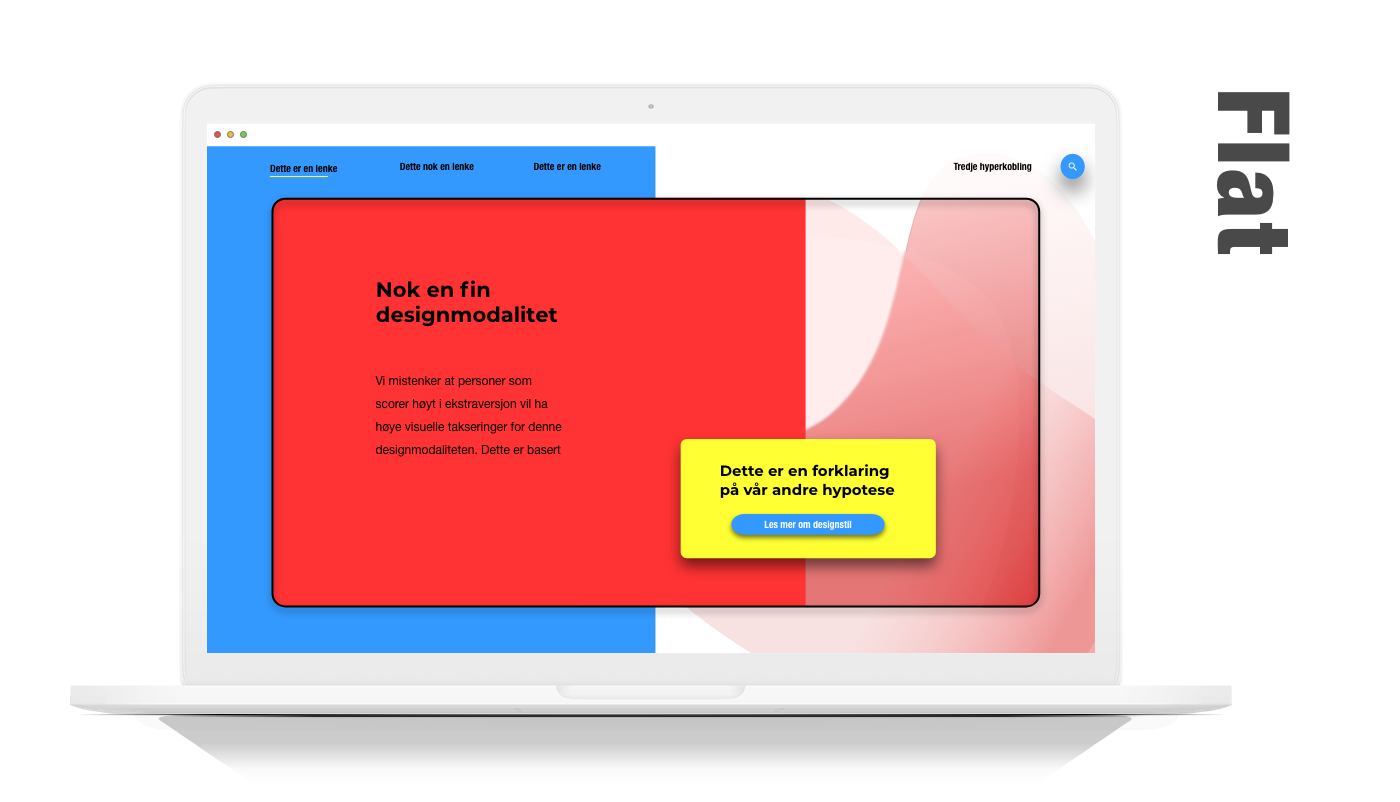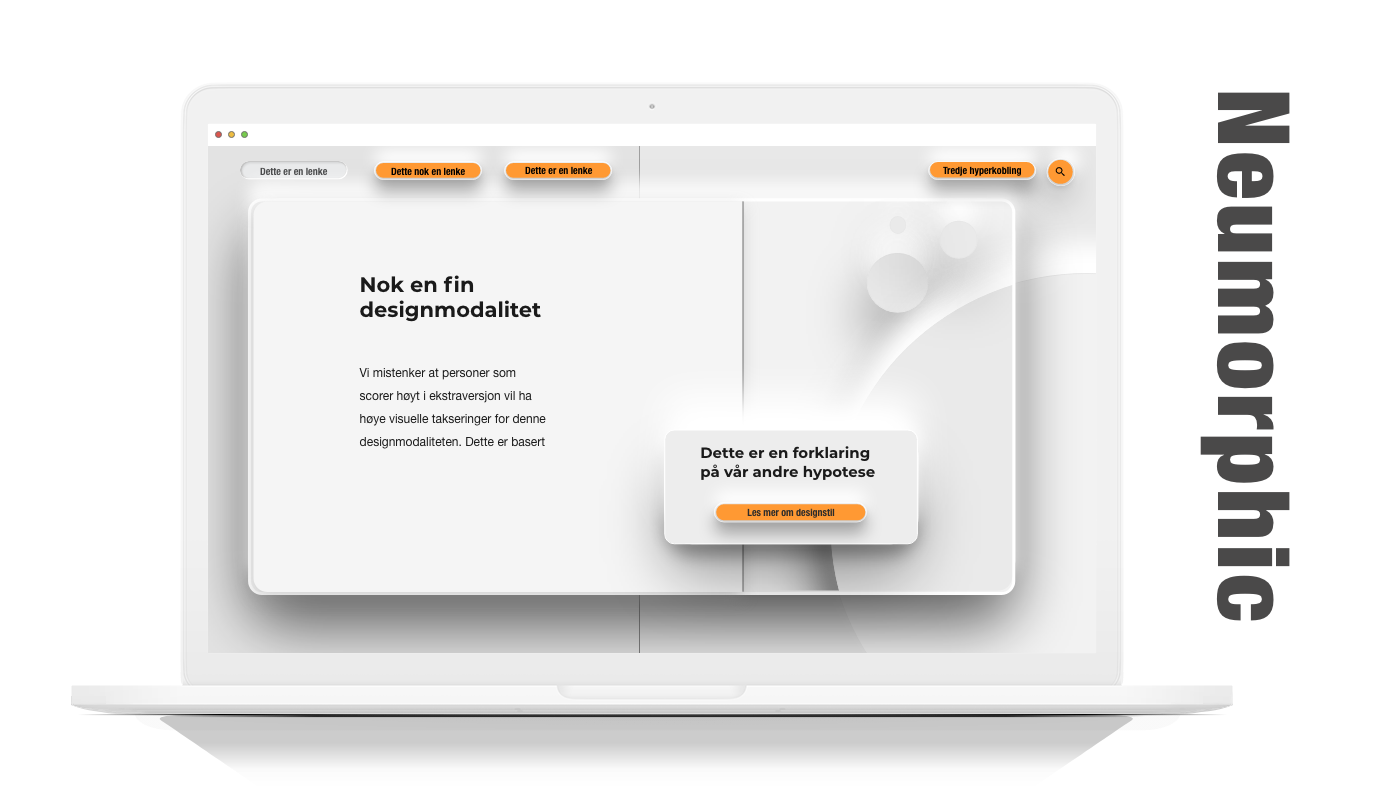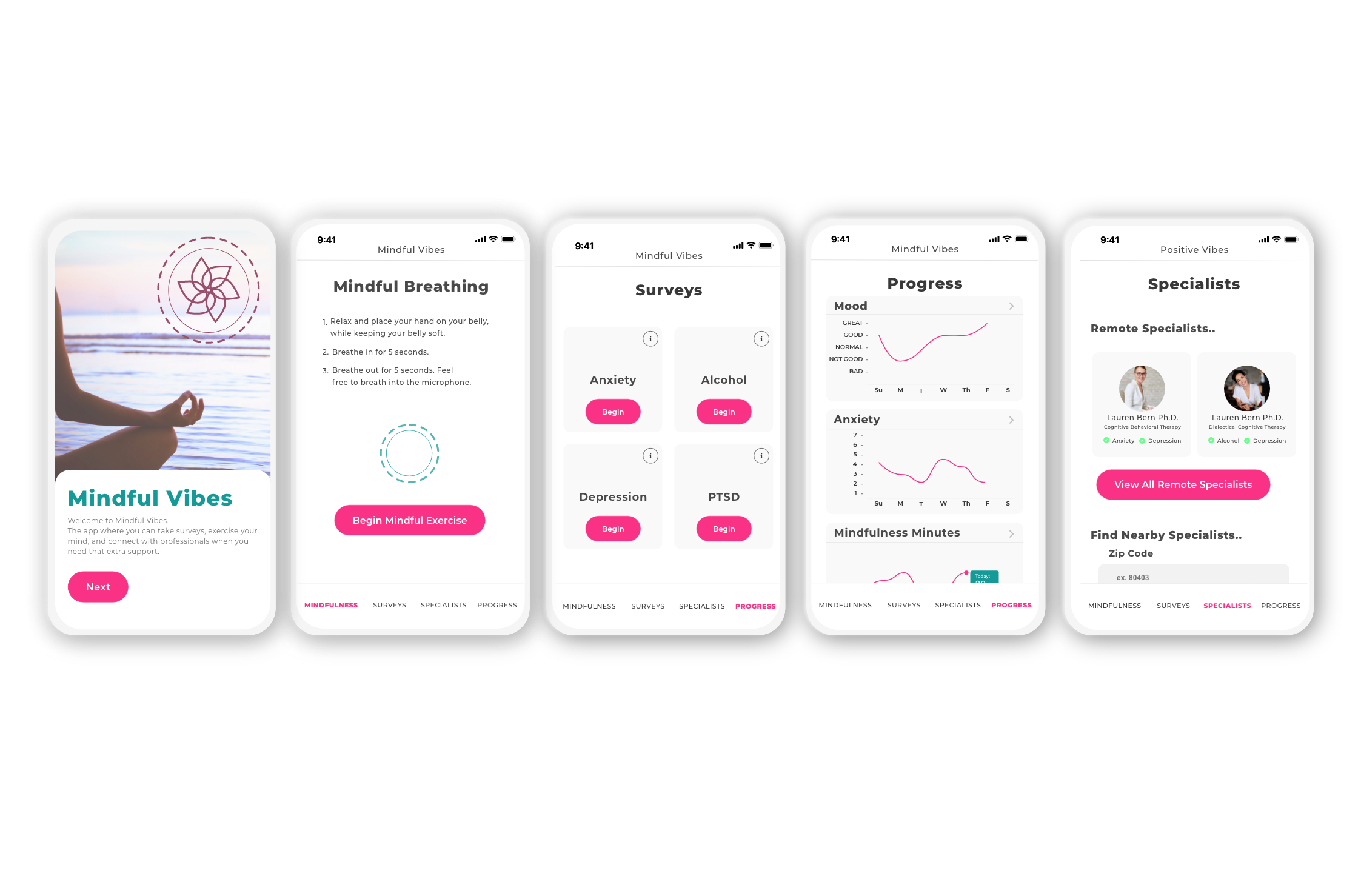
UX Design + Research (Case Study)
Mindful Vibes
mental health
App.
UX Design + Research
Mindful Vibes mental health App.

Summary
Problem:
We were challanged to create a product
to help college students with mental health issues.
Solution:
Our team created a digital solution to simplify
assessments of mental health for patients
and practitioners which:
-
Provides preliminary mental health screening,
-
Provides progress tracking, &
-
Provides symptom relief & treatment options.
Role UX Researcher & Designer
Methods Mixed
methods.
Contextual Design.
Data driven design.
Duration 4 months
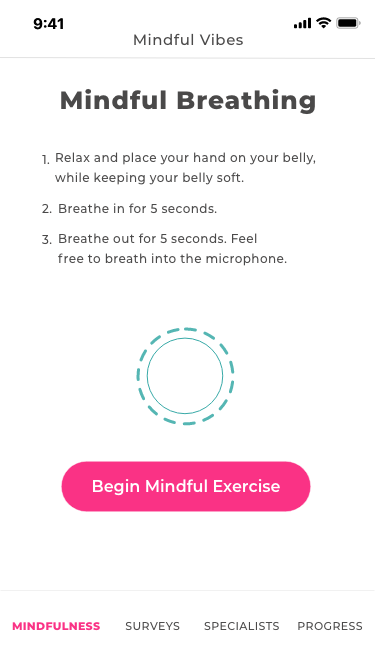
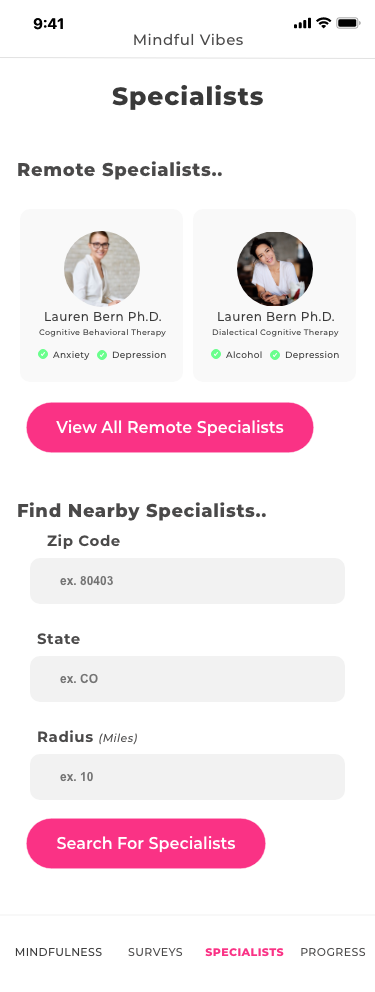
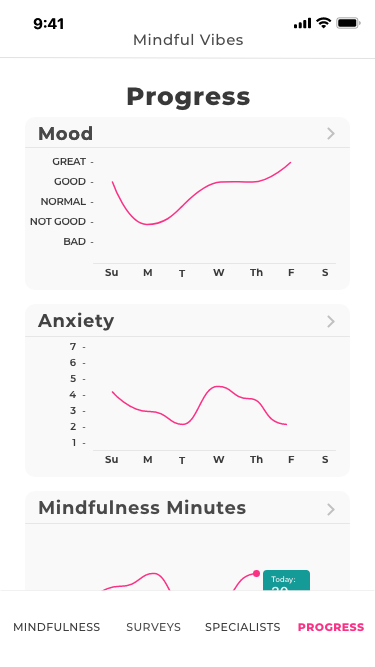
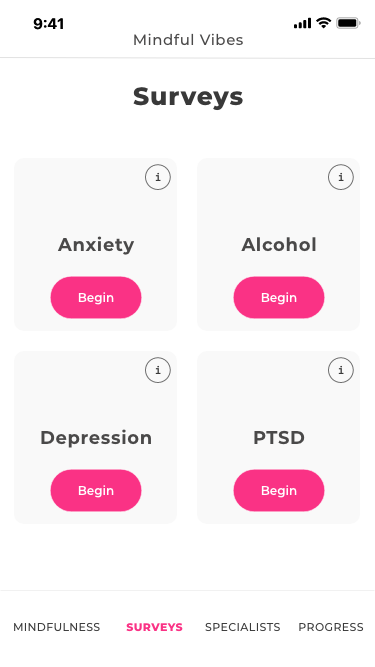
For the full case study or functional prototype contact me: cshannon@oswego.edu.
